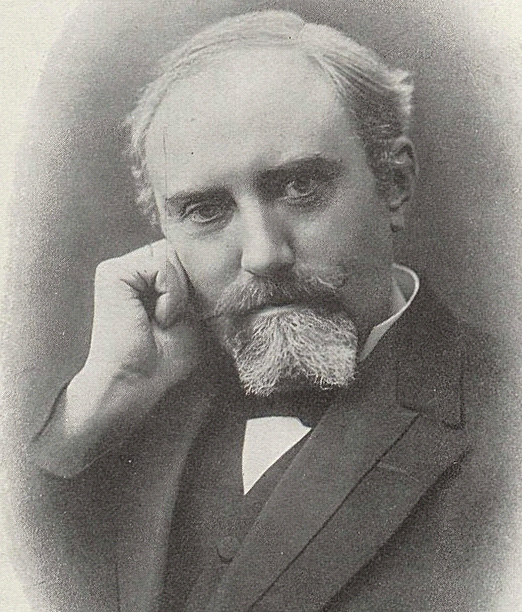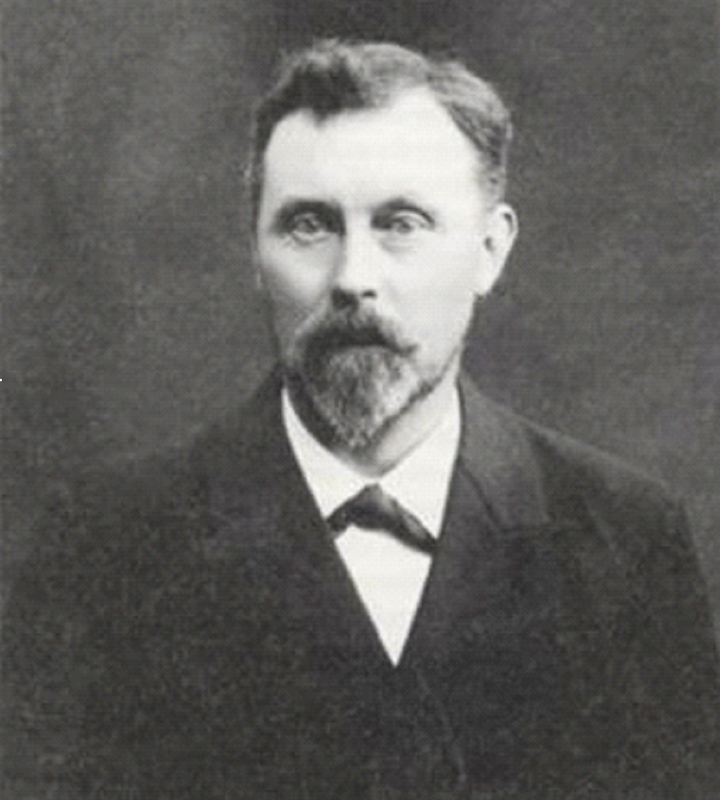Like so many other prominent figures in Iceland, Haraldur started his education at the Learned School in Reykjavík. After graduation he went on to study at the University of Copenhagen in Denmark. During his college years, religion was always present in his life. It was what he practiced, what he studied and what he contemplated. Needless to say, this time period shaped the foundation of his belief system.
The newly graduated priest returned to Iceland where he got a job as a Professor of Theology at the University of Iceland. The young and malleable theology students admired their Professor and his teachings influenced their lives considerably. This included his controversial views which leaned towards spiritism.
Rev. Níelsson’s did more than just teach his students. One of his many accomplishments was his translation of the New Testament (N.T.) which was published in 1906. Translating the Bible and becoming a spiritist influenced his ever evolving belief system. As a consequence the reverend began to dismiss much of his past biblical beliefs. Nonetheless, he still held on to his love for Jesus Christ as he is portrayed in the Bible.
The search

During his translation of the Bible, he felt his faith shaken to the core. The skeptical translator realized the Old Testament was full of errors and he finally understood why some people doubted Christianity. The church had shielded people from the truth making it narrow and one-sided. Where religion was concerned, thinking for yourself with an open and critical mind was not a favorable trait. So, when Einar invited Rev. Níelsson to join a séance in the fall of 1904, he accepted.
Excited and ready to have his mind blown, the reverend showed up at the séance. However, his thrill was short lived when he realized it wasn’t the real deal. The priest was embarrassed to have allowed his name to be associated with this and was never going back. Sometime later and still seeking answers about the afterlife, he learned of a young man with impressive mediumistic abilities. Again, the reverend found himself at a séance, but this time it was different.
The medium was the 19-year-old Indriði Indriðason. What happened next convinced the open-minded priest that the teen was truly a medium between worlds. Spiritism had come into his life like a beam of light and his mind was opened. As a result, the reverend began comparing the mysticism of séances with the miracles and supernatural stories in the Bible. He became certain they were one and the same or at least parallels to the stories of Jesus. Spiritism in practice was parallel to the stories in the New Testament.
Spiritism

Having studied and translated the Bible for years, Haraldur spent a lot of time in deep contemplation of its content. His experiences as a spiritist had added new and brighter light to his thoughts. Not only had he seen spirits, but he had also talked and interacted with them as well. Parallels between the resurrection and visitations from spirit-beings began to take shape. This wasn’t some out of the blue concept he had conjured up. In fact, it was his own epiphany of what spiritists already believed.
It was common to mistake the church and spiritism as opposites. People believed that the church was of God and spiritism was a charlatan organization. Luckily, the Reverend’s good standing in the religious community helped pave the way in unifying spiritism with religion. Many were drawn to the idea of being able to make contact with their dead loved ones. As a result, spiritism received a following that was burning with curiosity.
The struggle

The ambitious Rev. Níelsson became the President of the University of Iceland. Just like his spiritist comrade Einar, his desire to make a difference in society was unquenching. He became one of the original members of the board of directors for K.F.U.M. (Y.M.C.A.) where he was able to reach out to a wider young audience. However, his support of spiritism became a major concern for the other members of the board. Even more, the organization spoke publicly against spiritism. Therefore, the reverend was forced to resign from his position and give up his membership.
Nobody knows how Haraldur felt about the resignation. But, he was a man with evolving beliefs while the Y.M.C.A. supported the stagnating Lutheran belief system. Many devout Christians were highly critical of what the reverend stood for. Soon a large group of disgruntled individuals began to openly speak out against it. On the other hand, there were many who supported him and his belief in spiritism. These individuals were also more likely to attend the Free Church which focused more on societal integration. It was important to them to focus on the educational, scientific and ever evolving aspects of their beliefs.
Perseverance

The loved, yet ridiculed priest had become an unwavering spiritist and went on to preach at the Free Church. But, the religious non-spiritists considered spiritism as something of the devil. A media attack on spiritism began to take hold. It quickly became clear which side the various newspapers were on. The attacks on the spiritist leaders were usually distasteful attacks on their personal character.
Despite all the controversy, the reverend stayed true to spiritism and became the society’s editor. During the meetings Haraldur was also in charge of the religious parts which included songs and prayers. The idea was to connect spiritism to the Christian faith and prove that spiritism was not its adversary. Furthermore, he became the lead presenter for Iceland in the International Conferences on Psychical Research (Convention of the Parapsychological Association).




